Recent Victims:
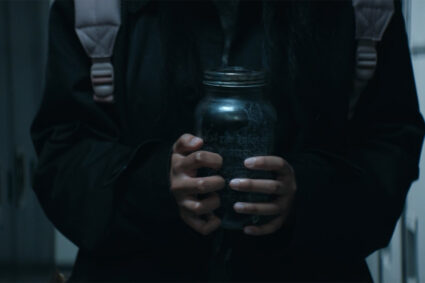
Not long ago, I visited my lovely Aunt Mary. At the end of a wonderful reunion, she sent me home with a keepsake book and a Mason jar filled with ….
Movie Reviews Movies & TV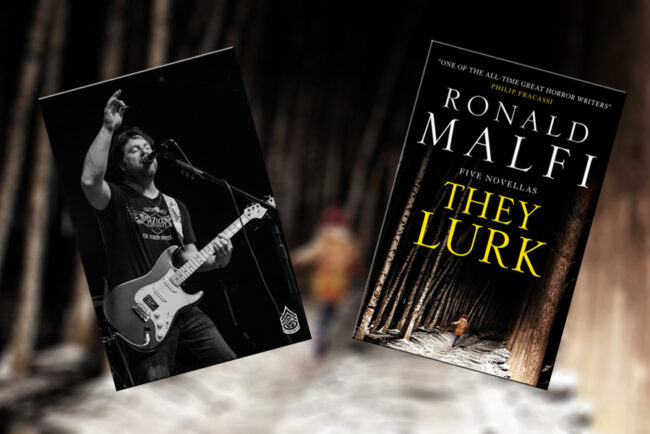
When it comes to literary output, you’d be hard-pressed to find someone churning out gems as consistently or quickly as Mr. Malfi.
Authors Books & Comics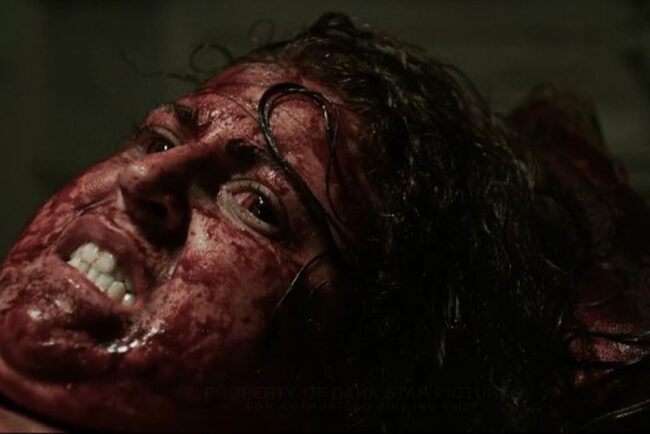
Hey, are you obsessed with your own power? Are you possibly schizophrenic? Are you into extremely sadistic BDSM and degradation-play?
Movie Reviews Movies & TV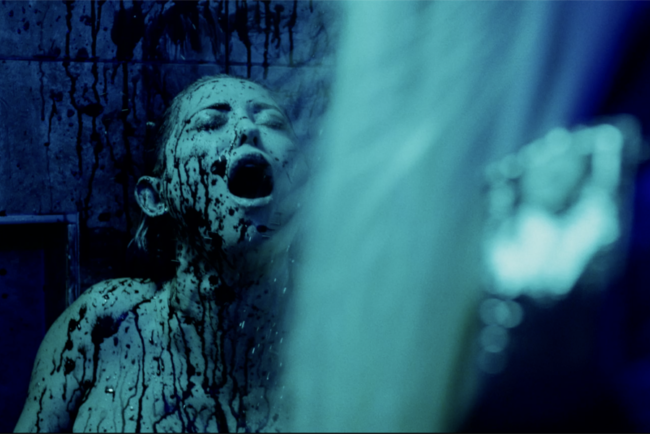
Despite a brief revival in the ‘90s, it seemed for a good couple decades there that the Slasher had been killed off for good.
Movie Reviews Movies & TV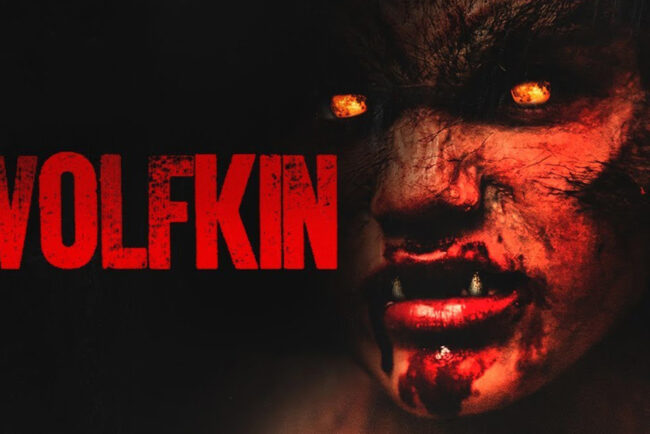
The best time of the year is finally upon us, and I couldn’t be happier to kick off the spooky season with a film that’s been getting a lot of buzz ….
Movie Reviews Movies & TV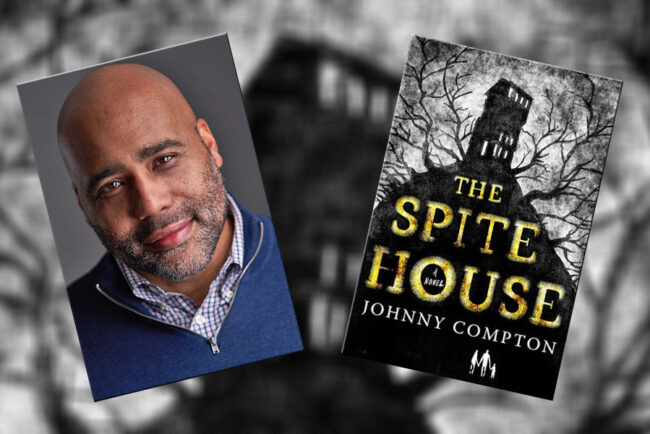
When it comes to writing a novel, no two works of art are alike, and every author has their own way of putting together their puzzle.
Authors Books & Comics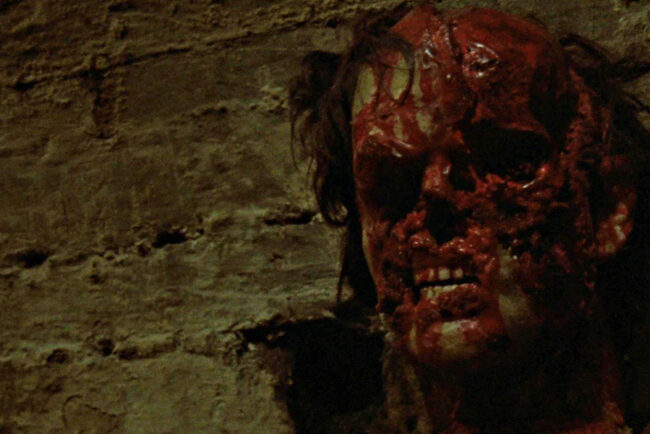
The film has become a firm cult favorite over the last 50 years and some even call it the English equivalent of The Texas Chain Saw Massacre.
Featured Article Movie Reviews Movies & TV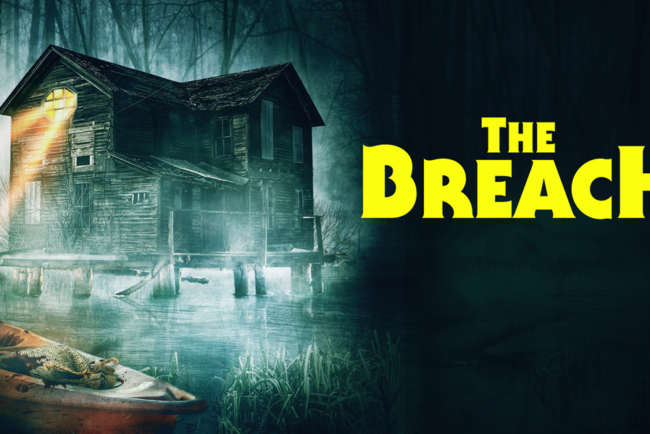
Tell me if you’ve heard this one before: A group of people head out to a remote cabin in the middle of the woods. Cut off from all outside communication….
Movie Reviews Movies & TV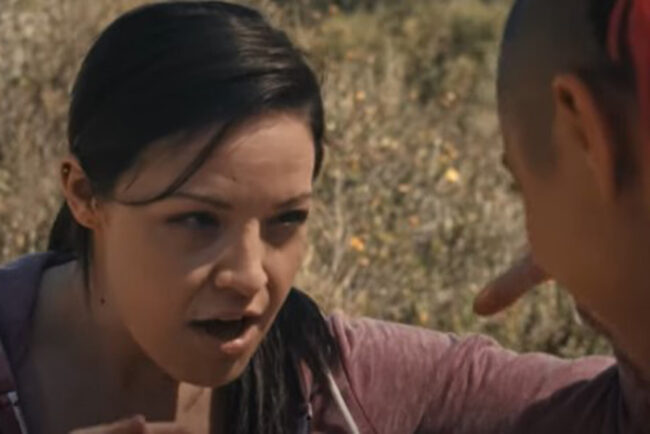
Waking Nightmare (or Sleepy Snoozemare?) shows us why we shouldn’t write and direct an independent movie while sleepwalking.
Movie Reviews Movies & TV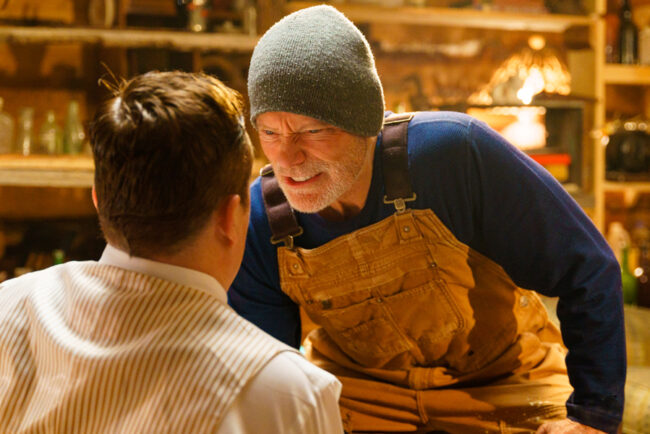
Stephen Lang stars as an old man living in a cabin in the middle of nowhere. He’s reclusive, hardened, eclectic and, at times, terrifyingly insane.
Movie Reviews Movies & TV